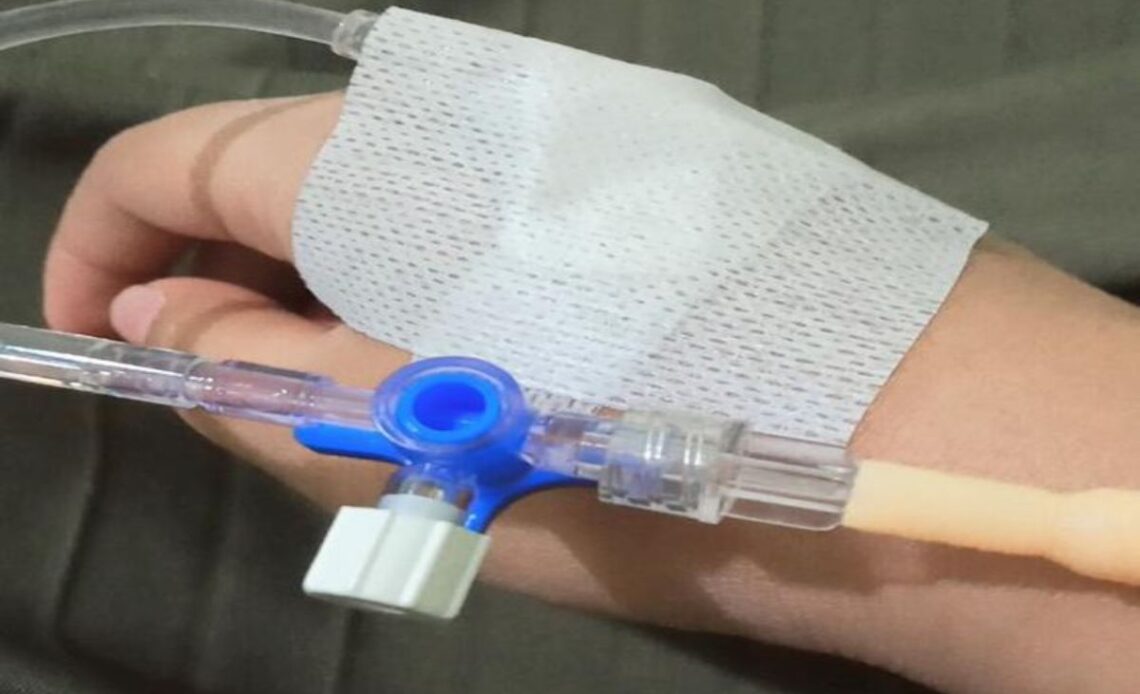
Drip On Hand Real Pic At Home: Drip on hand, also known as intravenous (IV) therapy or IV drip, is a medical technique used to deliver fluids, medications, or nutrients directly into a patient’s bloodstream through a vein. This method allows for rapid and efficient absorption of substances by bypassing the digestive system.
The process involves inserting a small, flexible tube called a catheter into a vein, typically in the hand or arm. The catheter is connected to a bag or bottle containing the prescribed solution, which is then allowed to flow into the patient’s body at a controlled rate.
IV therapy has Numerous applications in Healthcare:
Hydration: Used to quickly replenish fluids in dehydrated patients.
Medication delivery: Provides a fast and effective way to administer drugs, especially in emergency situations.
Nutrition: Delivers essential nutrients to patients who cannot eat or absorb nutrients normally.
Blood transfusions: Allows for the direct infusion of blood or blood products.
Chemotherapy: Administers cancer-fighting drugs directly into the bloodstream.
Drip On Hand Real Pic At Home
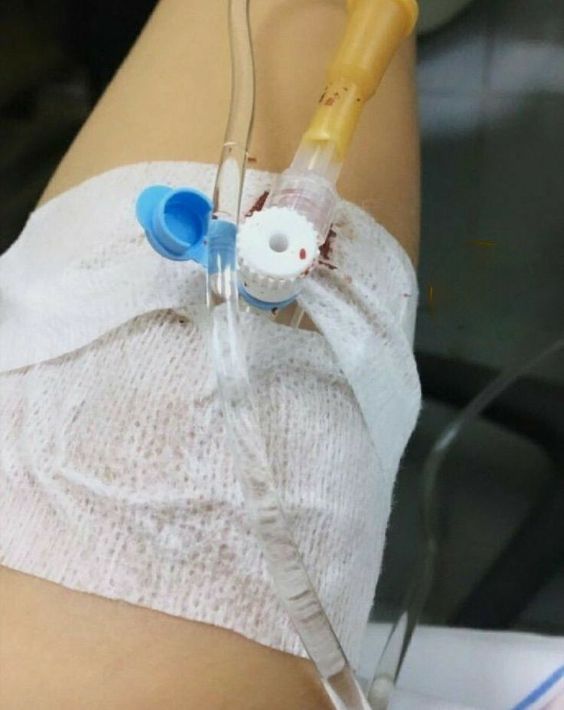
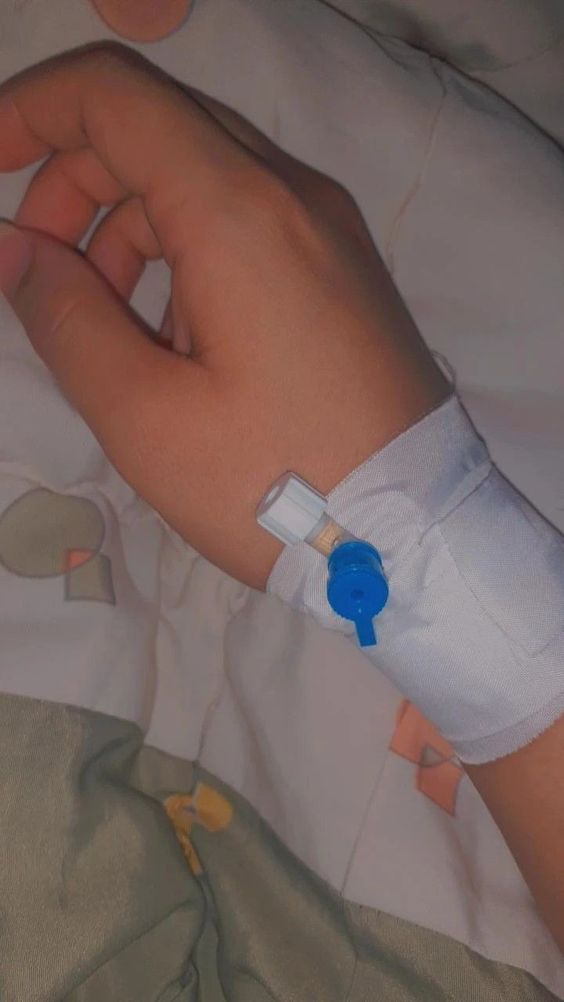
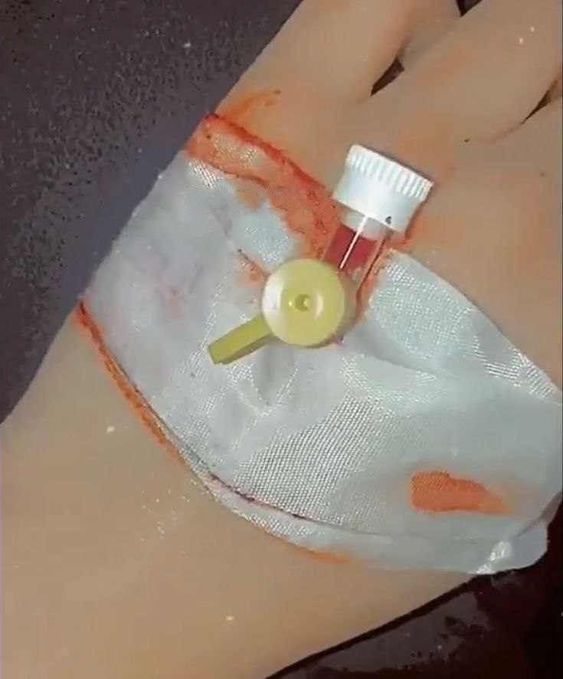
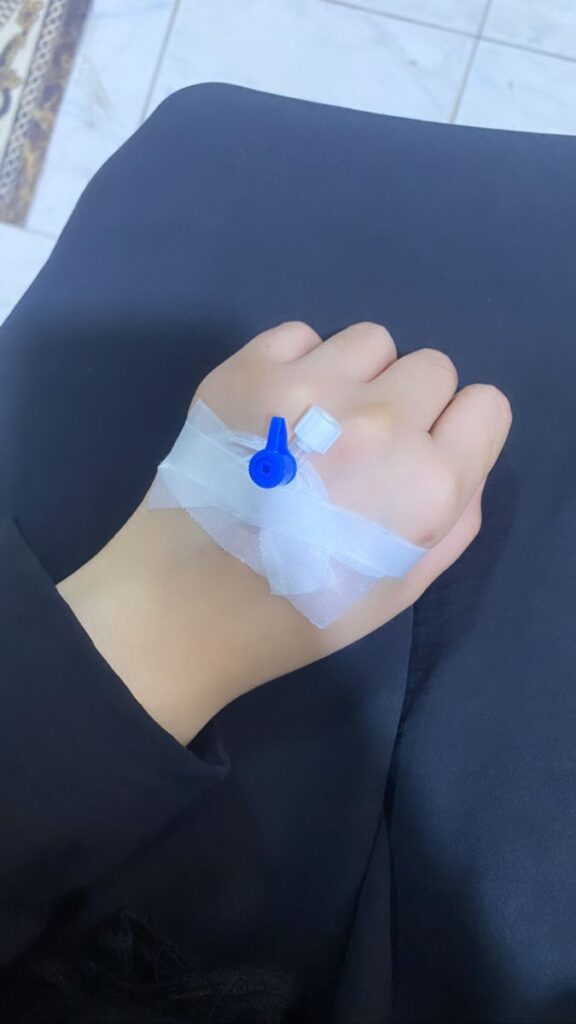
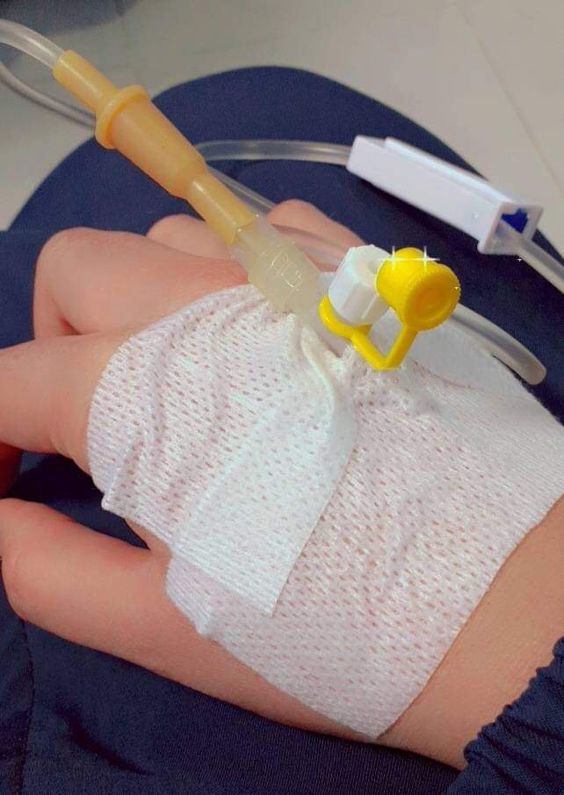
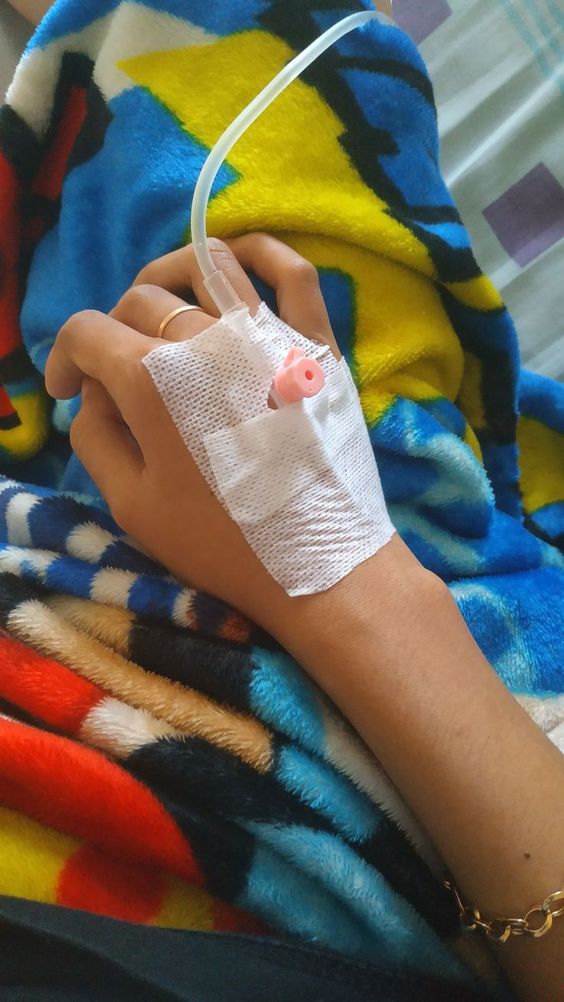
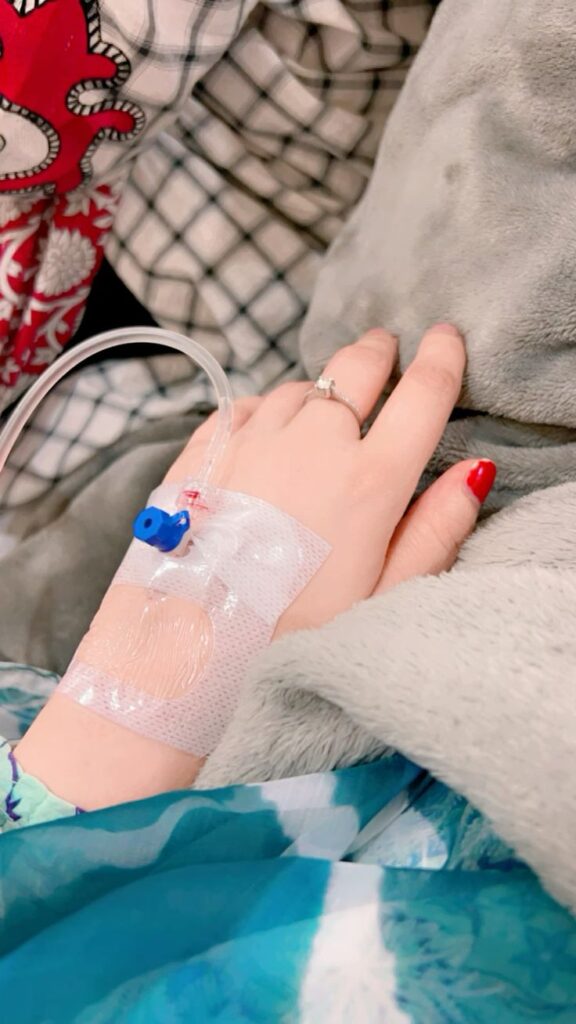
The advantages of IV therapy include:
- Rapid onset of action for medications
- Precise control over dosage and rate of administration
- Ability to deliver substances that cannot be taken orally
- Continuous delivery of fluids or medications over extended periods
- However, IV therapy also carries some risks, such as:
- Infection at the insertion site
- Infiltration (fluid leaking into surrounding tissues)
- Phlebitis (inflammation of the vein)
- Air embolism (air bubbles entering the bloodstream)
Conclusion
Drip On Hand Real Pic At Home: Healthcare professionals carefully monitor patients receiving IV therapy to minimize these risks and ensure proper administration. They regularly check the insertion site, monitor fluid levels, and adjust flow rates as needed.
